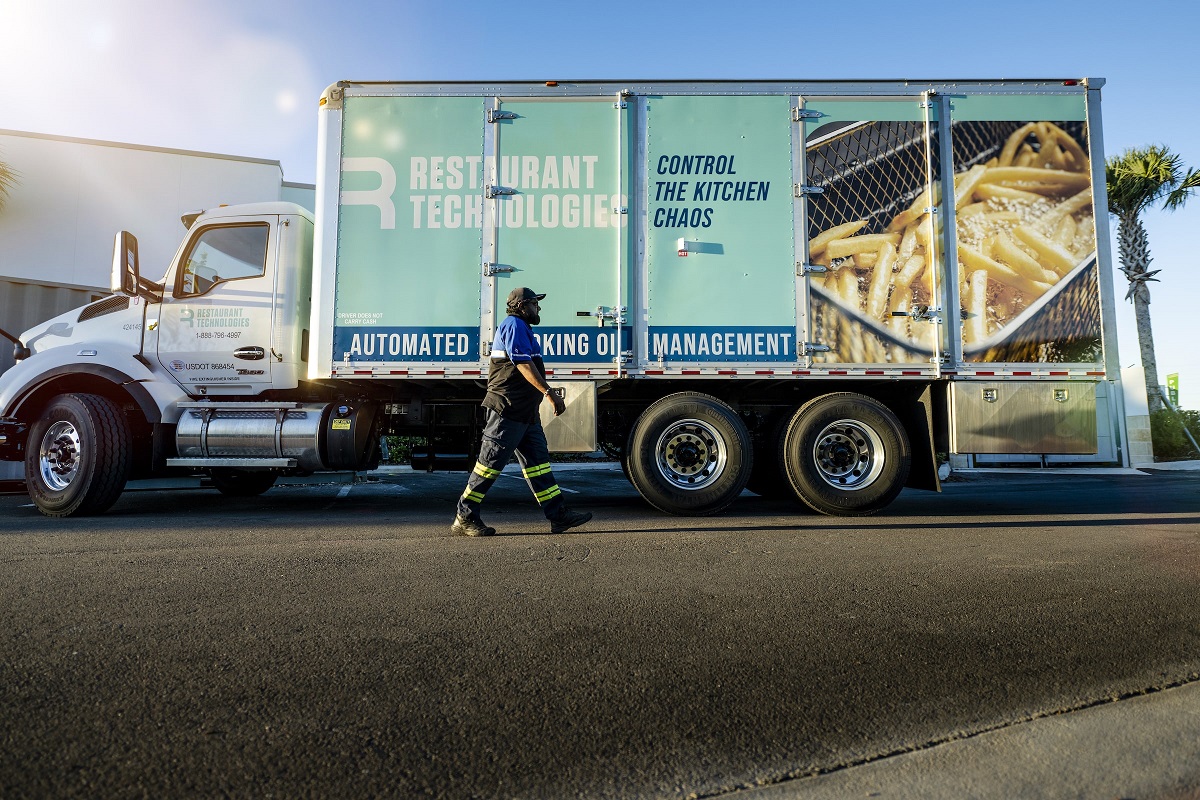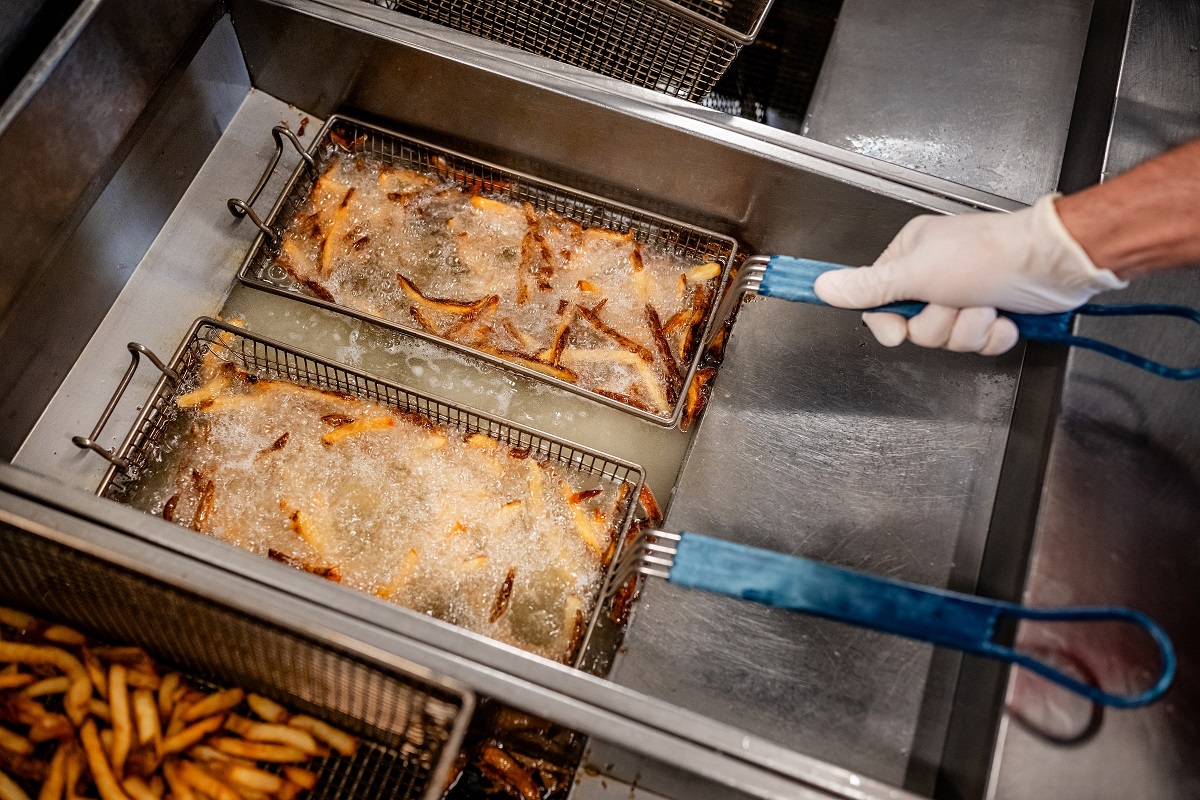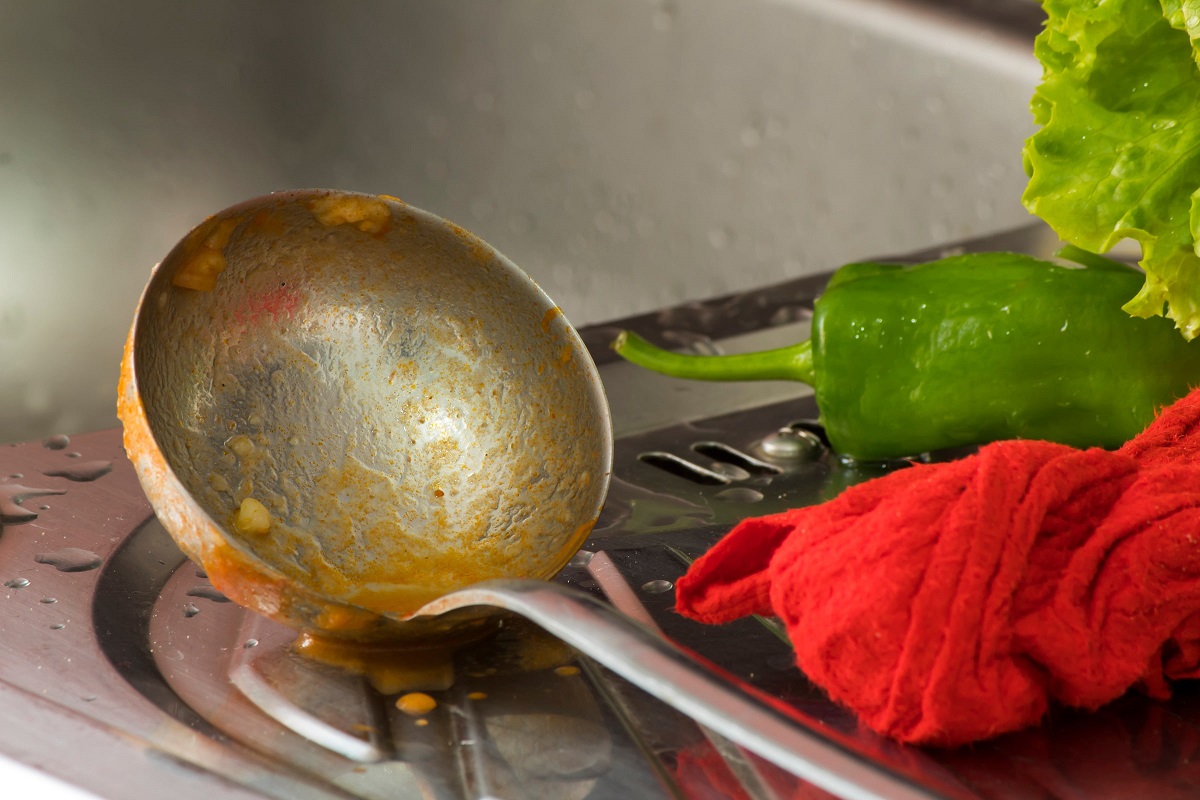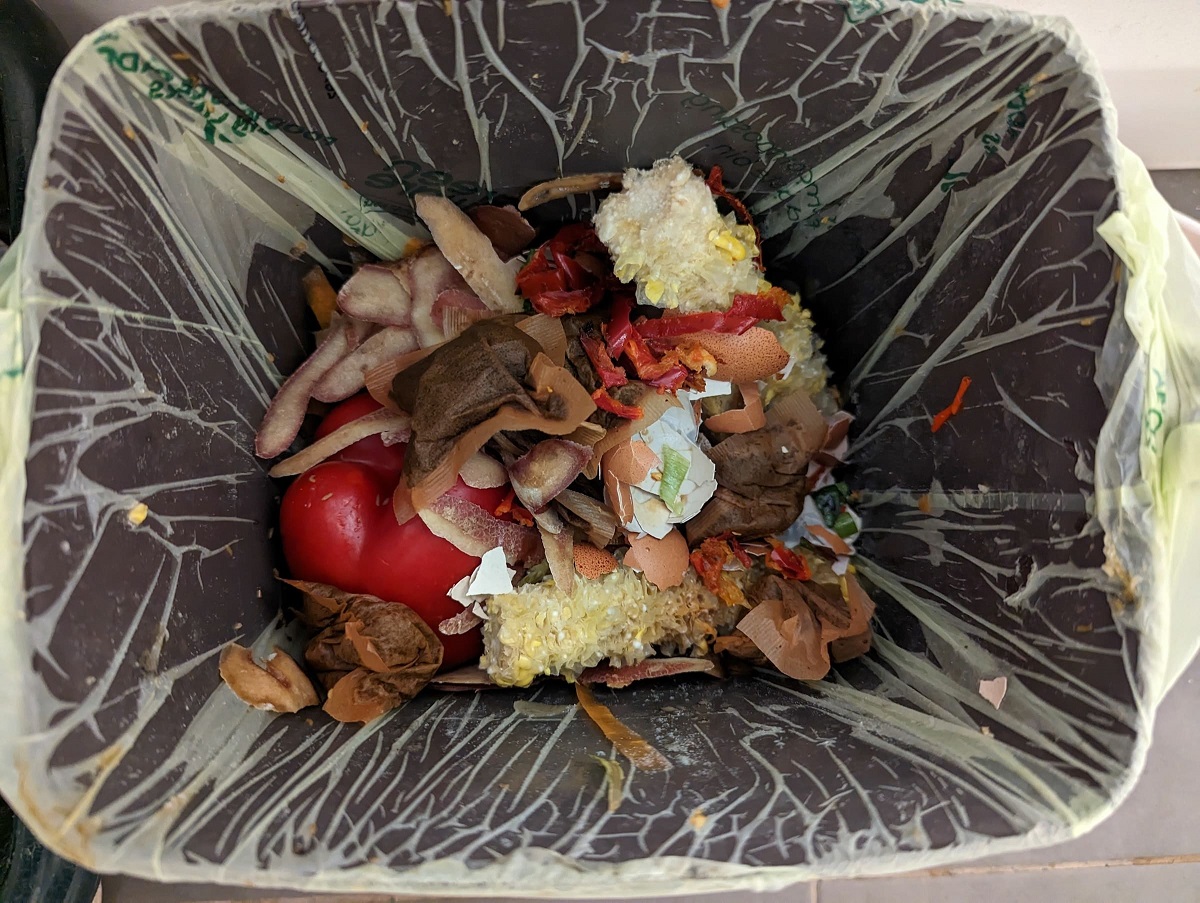The following article originally appeared on QSR Magazine’s online Outside Insights, December 2016. Click here to view the original article.
Severe injuries could cost a restaurant in excess of $100,000. Follow these tips to keep your employees—and your bottom line—safe.
With more than a million restaurants in the U.S. employing 10 percent of the overall workforce, all eyes are on restaurant operators to keep employee safety numbers up and workers’ compensation claims down. You’ve likely figured out how to address a number of hazards when it comes to safety, like uneven flooring, buckling mats, and improper footwear. But there’s a silent safety saboteur waiting in the wings to wreak havoc on your back-of-house staff: cooking oil. It’s time to promote the slippery and dangerous substance to the top of your “Most Wanted” list for slips and falls, and not just burns.
Here are seven surprising facts about slip-and-fall injuries and their partner in crime—cooking oil:
1. Sixty percent of BOH workers’ compensation claims are linked to cooking oil
Manually handling cooking oil is regarded as the most dangerous job in the BOH. Pouring oil into fryers, disposing of used oil and transporting hot oil are all tasks that increase the risk of slip-and-fall accidents caused by oil spills. The only way to completely eliminate the manual process of your BOH staff having to handle oil is through an automated, closed-loop system. If incorporating such technology isn’t possible, executing quarterly training programs specific for each stage of the oil management life cycle can help decrease the risk for injury.
2. Slips, trips, and falls are the second most common type of injury restaurant workers face
All types of injuries can happen in restaurants, such as cuts, lacerations and punctures, or sprains, strains, and soft-tissue injuries. However, slips, trips, and falls are high-frequency injuries and should be top priorities for managers to prevent. It’s nearly impossible to thwart every accident—they’re called accidents for a reason—but you can take little steps to help reduce the overall risk of injury. For example, implement a safety shoes program with a payroll deduction option and a clear policy on safety footwear.
3. More than 25,000 slip-and-fall accidents occur every day in the U.S.
The National Safety Council estimates that more than 25,000 slip-and-fall accidents occur every day, equating to 9 million each year. Clearly, restaurants aren’t home to all of those occurrences, but it’s important for restaurants to take a proactive role in decreasing this statistic with proper oil management, training and safety equipment. To curb the probability of oil-related slips and falls, invest in user-friendly safety equipment, train employees to cover fryer vats when not in use and never leave hot grease unattended.
4. Nearly 50 percent of slip-and-fall accidents occur near sinks or fryer vats
The kitchen is a hot spot for spills, particularly in areas around sinks and fryer vats. Pouring, disposing of and transporting hot, used oil significantly increases the amount of surfaces oil can spill onto, creating even more potential for injury. Encourage kitchen staff to exercise caution in these areas, display signs to identify wet floors and use strong-grip mats to reduce the chance of slips and falls.
5. The average lost time for a slip-and-fall accident is 418 days
Lost time for a slip-and-fall accident can add up from the point of injury and visits to the doctor’s office to days spent at home recuperating. However you slice and dice it, 418 days is a long time. The first 24 hours after an injury occurs is critical for helping the employee recover and return to work promptly. Have a resource list to help guide your staff to the right patient care, and be attentive and supportive throughout the injured employee’s entire recovery process.
6. The average quick-service restaurant slip-and-fall claim costs $5,800
Quick serves, the king of fried foods, are higher-risk establishments for slips and falls due to the amount of cooking oil used. Severe injuries could cost in excess of $100,000 in cases that require surgery or long-term physical therapy. To put this into perspective, a quick serves would have to sell 3,000 meals to cover the cost of the average workers’ compensation claim. It’s key to stay ahead of accidents by leading by example and setting the expectations for safety protocol. Place safety as an integral part of your core business objectives with your front-of-house and BOH employees. You can do this by discussing safety in the same way you talk about labor, food costs, turnover and equipment.
7. Slip-and-fall lawsuits have risen by more than 300 percent since 1980
The restaurant industry typically sees high-frequency-but-low-severity accidents that can usually be taken care of with a bandage or topical cream. Nonetheless, if a slip or fall results in an injury, your restaurant can be held liable if the cause of the fall is proven as a preventable “dangerous condition,” or if your negligence caused the injury, or both. Emphasize to your maintenance staff the importance of keeping your facility free of slippery conditions, and alert all staff when an oil spill occurs. In addition, proactively assemble your go-to legal team and have a legal plan in place in case an injury-related lawsuit is ever filed against you.
Oil spills and greasy floors are the leading causes of slips and falls. They can result in serious or minor injuries, or worse, the injured party filing a lawsuit against your restaurant. You can fight oil slicks with proper cleaning solutions designed to cut through grease and grime. In addition, always communicate proper safety training protocols. Better yet, you can put oil behind bars for good with an automated, closed-loop oil management system.
Jason Cocco is vice president of business and product development at Restaurant Technologies. He has worked for over 20 years in product development and management within the consumer goods, high-tech and retail industries. He spent many years at The Nielsen Company and Procter & Gamble before joining Restaurant Technologies in 2011.





